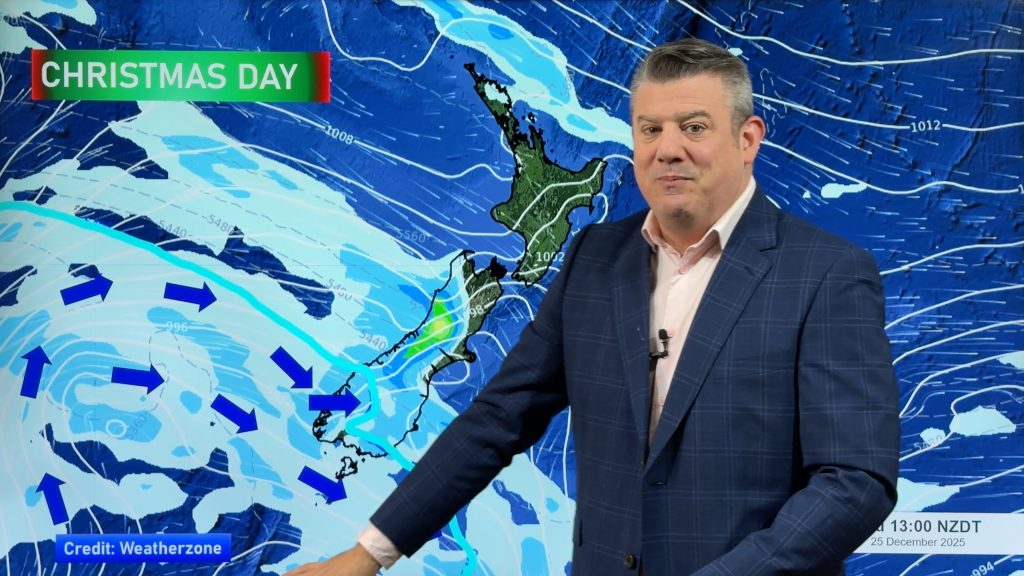
> From the WeatherWatch archives
Wait, what? There’s water on the moon? Yes – through the millions and billions of years, comets have constantly impacted the moon. What do comets consist of (among other things)? You got it, ice.
Scientists believe that when the comets have struck the moon, they released water onto the moon’s surface. How do we know where comets have struck? Simple – just look for the impact zones or craters.
That’s why NASA scientists are focusing on craters, in particular a crater called Cabeus on the moon’s south pole.
Where: The Earth’s moon
Mission: Impact a moon’s crater
Why: To discover lunar water
When: Friday night NZT
Spacecrafts: Centaur and LCROSS

Cabeus crater on moon’s south pole
Image credit: NASA
There will be two impacts of the moon on Friday morning.
First, a rocket called the Centaur strike the moon. The collision of the Centaur and the moon will transform thousands of kilograms of mass and 10 billion joules of kinetic energy into a blinding flash of heat and light.
Researchers expect the impact to throw up a plume of debris as high 6 miles.
Search for water
Close behind, the LCROSS mothership will photograph the collision for NASA TV and then fly right through the debris plume.
Next comes the mothership’s own plunge. Four minutes after the Centaur impact, the LCROSS satellite will strike nearby, sending another, smaller debris plume over the rim of Cabeus.
Additional search for water
The Hubble Space Telescope, the Lunar Reconnaissance Orbiter (LRO), and hundreds of telescopes great and small on Earth will scrutinize the two plumes, looking for signs of water and the unexpected.
Credit to blogs.discovermagazine.com for mission details.
– WEATHER.COM
Comments
Before you add a new comment, take note this story was published on 6 Oct 2009.





Add new comment
Peter on 7/10/2009 3:06am
Surely it is to try and un lunar water.. Cant unearth it up there.. lol
Reply
Zelda Wynn on 6/10/2009 8:47pm
Fascinating info! A bit like the info I have been reading about “cirrus” and global cooling,and then there is Rob Fyfe of Air New Zealand discussing the climate circus in todays Herald.:)
Reply